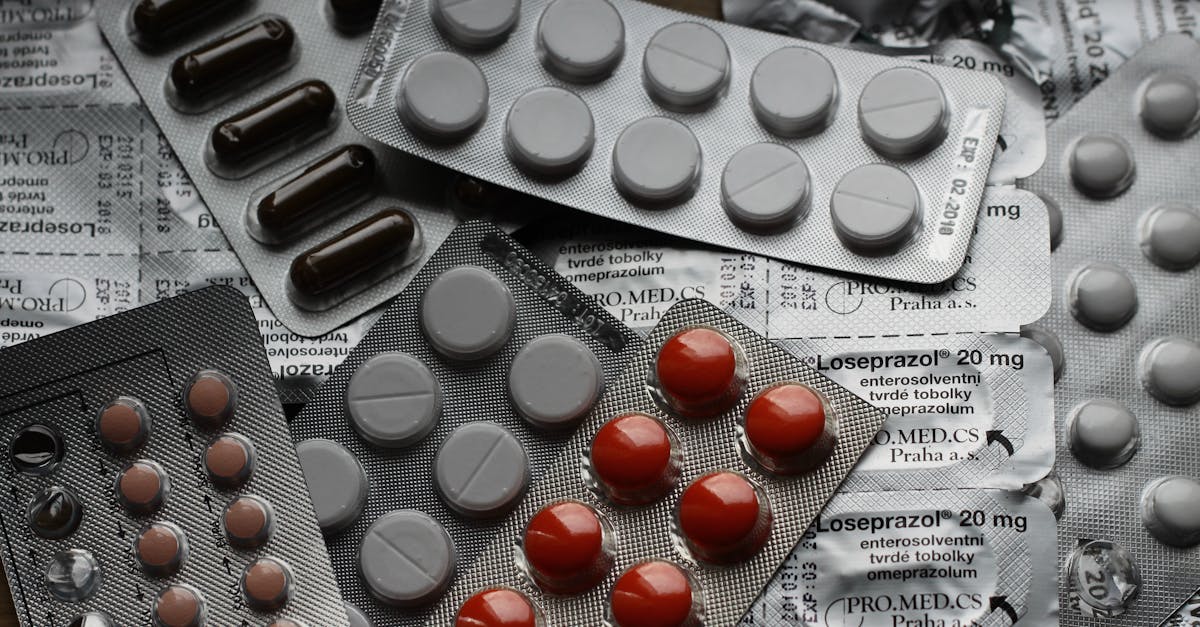One of Wall Street's biggest winners of the day is Grifols, a pharmaceutical company whose shares have climbed 4.2% to a price of $7.88 -- 27.23% below its average analyst target price of $10.84.
The average analyst rating for the stock is buy. GRFS may have outstripped the S&P 500 index by 4.0% so far today, but it has lagged behind the index by 12.5% over the last year, returning -1.3%.
Grifols, S.A. operates as a plasma therapeutic company in Spain, the United States, Canada, and internationally. The company is part of the healthcare sector. Healthcare companies work in incredibly complex markets, and their valuations can change in an instant based on a denied drug approval, a research and development breakthrough at a competitor, or a new government regulation. In the longer term, healthcare companies are affected by factors as varied as demographics and epidemiology. Investors who want to understand the healthcare market should be prepared for deep dives into a wide range of topics.
Grifols's trailing 12 month P/E ratio is 30.3, based on its trailing EPS of $0.26. The company has a forward P/E ratio of 5.8 according to its forward EPS of $1.12 -- which is an estimate of what its earnings will look like in the next quarter.
As of the third quarter of 2024, the average Price to Earnings (P/E) ratio for US health care companies is 22.94, and the S&P 500 has an average of 29.3. The P/E ratio consists in the stock's share price divided by its earnings per share (EPS), representing how much investors are willing to spend for each dollar of the company's earnings. Earnings are the company's revenues minus the cost of goods sold, overhead, and taxes.
To gauge the health of Grifols's underlying business, let's look at gross profit margins, which are the company's revenue minus the cost of goods only. Analyzing gross profit margins gives us a good picture of the company's pure profit potential and pricing power in its market, unclouded by other factors. As such, it can provide insights into the company's competitive advantages -- or lack thereof.
GRFS's average gross profit margins over the last four years are 41.5%, which indicate it has a potential competitive advantage in its market. These margins are declining based on their four year average gross profit growth rate of -3.7%.
Grifols's financial viability can also be assessed through a review of its free cash flow trends. Free cash flow refers to the company's operating cash flows minus its capital expenditures, which are expenses related to the maintenance of fixed assets such as land, infrastructure, and equipment. Over the last four years, the trends have been as follows:
| Date Reported | Cash Flow from Operations ($ k) | Capital expenditures ($ k) | Free Cash Flow ($ k) | YoY Growth (%) |
|---|---|---|---|---|
| 2023 | 208,283 | 548,891 | -340,608 | 38.47 |
| 2022 | -10,867 | 542,718 | -553,585 | -528.2 |
| 2021 | 596,975 | 467,694 | 129,281 | -80.29 |
| 2020 | 1,110,336 | 454,369 | 655,967 | 208.22 |
| 2019 | 568,933 | 1,175,072 | -606,139 | -244.06 |
| 2018 | 737,428 | 316,677 | 420,751 |
- Average free cash flow: $-49055500.0
- Average free cash flown growth rate: -20.9 %
- Coefficient of variability (lower numbers indicating more stability): 0.0 %
If it weren't negative, the free cash flow would represent the amount of money available for reinvestment in the business, or for payments to equity investors in the form of a dividend. While a negative cash flow for one or two quarters is not a sign of financial troubles for GRFS, a long term trend of negative or highly erratic cash flow levels may indicate a struggling business or a mismanaged company.
Value investors often analyze stocks through the lens of its Price to Book (P/B) Ratio (market value divided by book value). The book value refers to the present value of the company if the company were to sell off all of its assets and pay all of its debts today - a number whose value may differ significantly depending on the accounting method.
Grifols's P/B ratio of 0.95 indicates that the market value of the company is less than the value of its assets -- a potential indicator of an undervalued stock. The average P/B ratio of the Health Care sector was 3.19 as of the third quarter of 2024.
Grifols is by most measures overvalued because it has a higher P/E ratio than its sector average, an exceptionally low P/B ratio., and negative cash flows with a downwards trend. The stock has poor growth indicators because it has a an inflated PEG ratio and weak operating margins with a negative growth trend. We hope you enjoyed this overview of GRFS's fundamentals.


